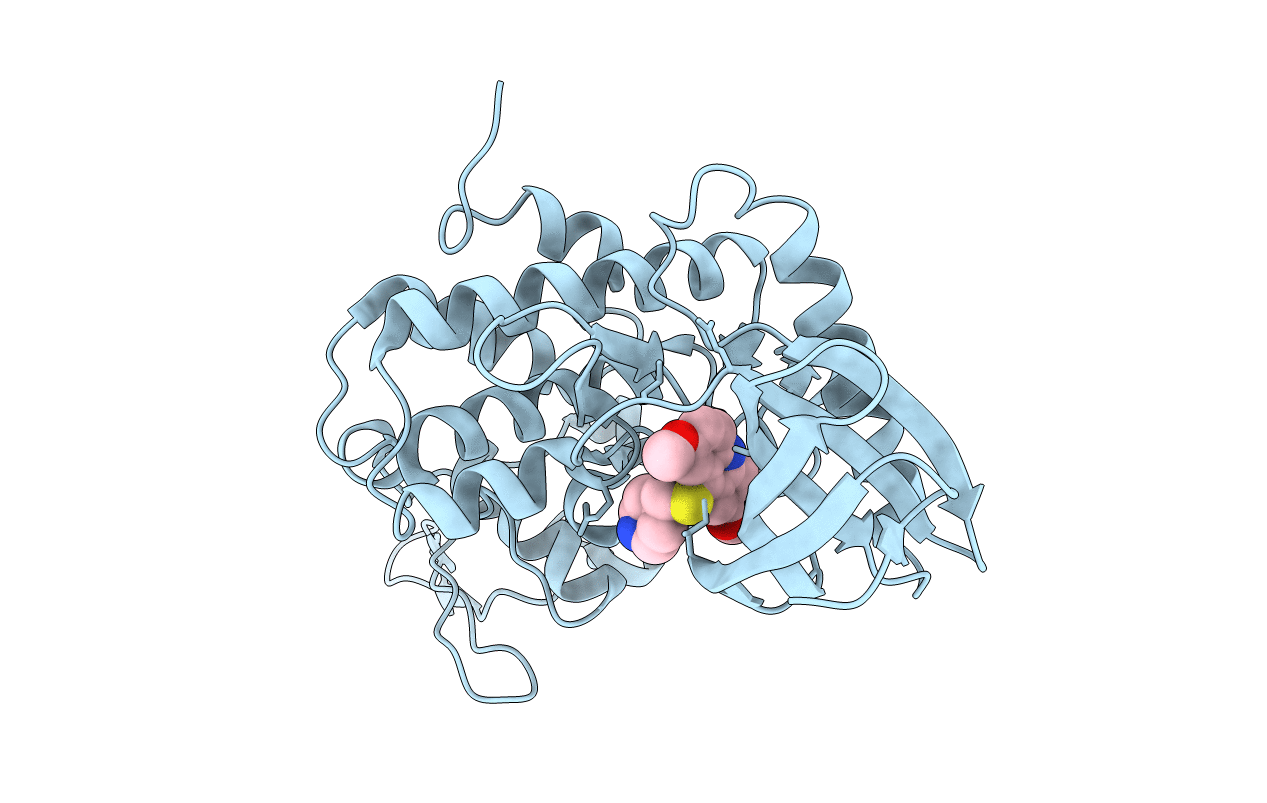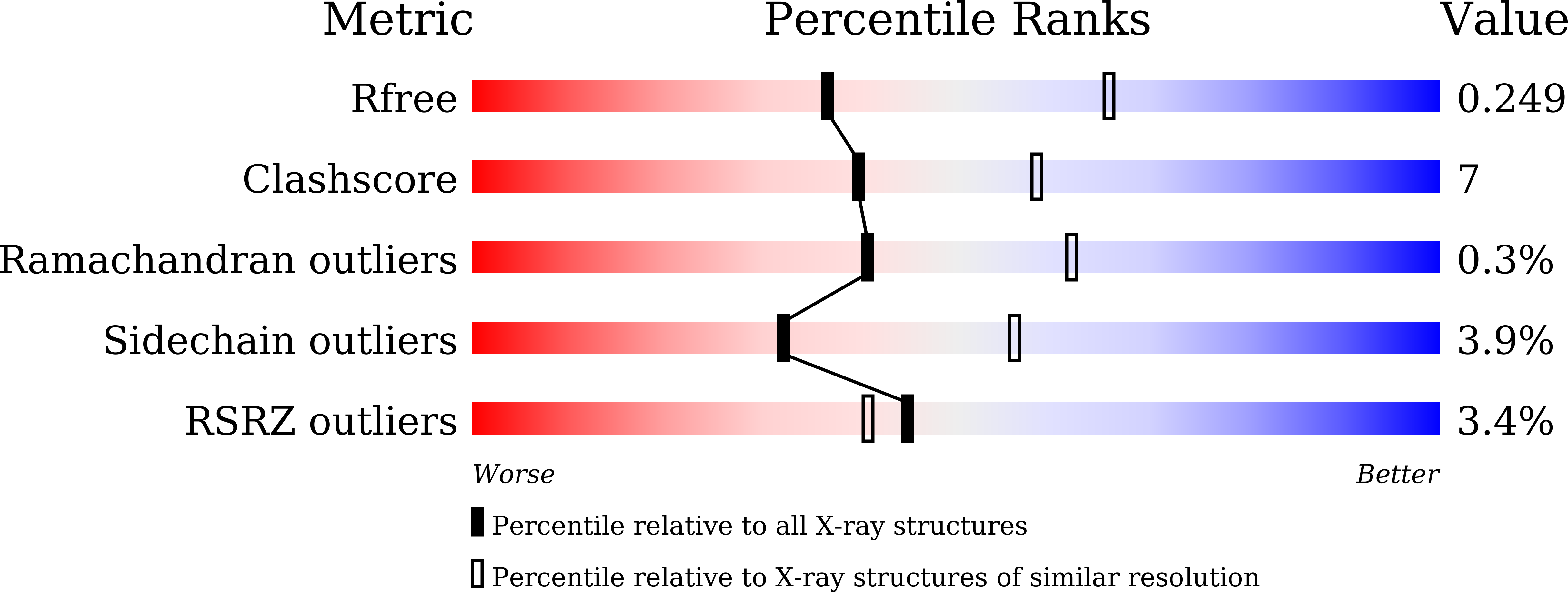
Deposition Date
2020-11-10
Release Date
2021-11-10
Last Version Date
2024-10-09
Entry Detail
PDB ID:
7DG4
Keywords:
Title:
The co-crystal structure of DYRK2 with a small molecule inhibitor 6
Biological Source:
Source Organism:
Homo sapiens (Taxon ID: 9606)
Host Organism:
Method Details:
Experimental Method:
Resolution:
2.58 Å
R-Value Free:
0.24
R-Value Work:
0.20
R-Value Observed:
0.20
Space Group:
C 2 2 21


